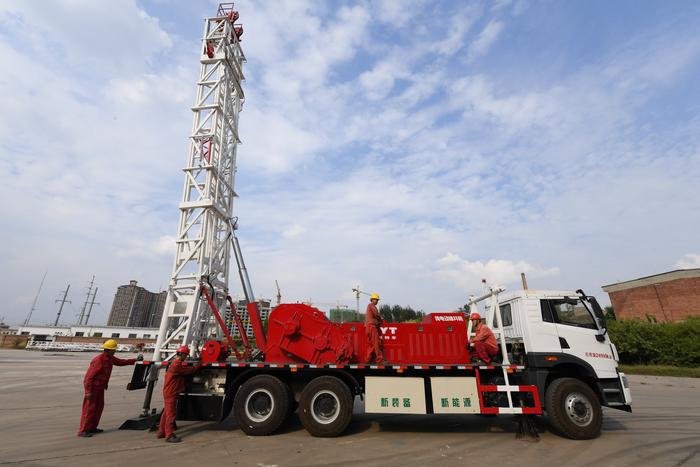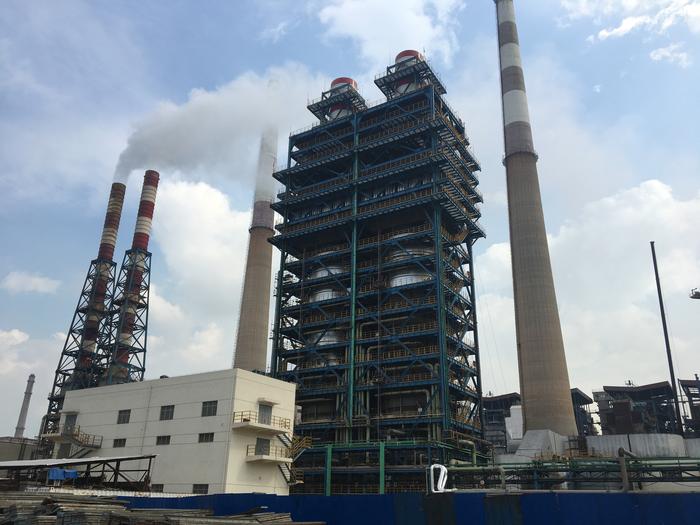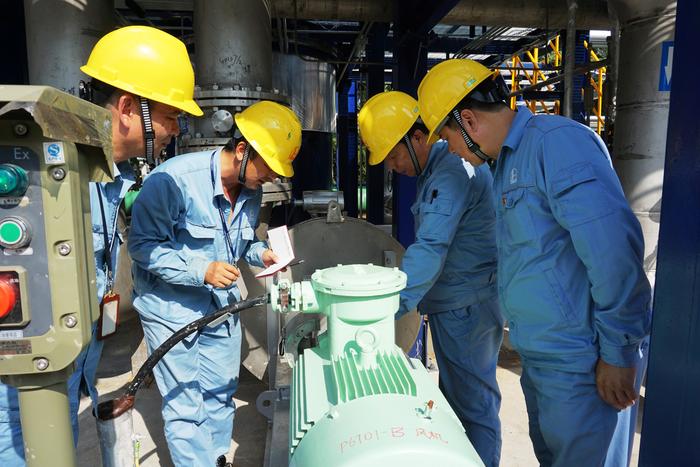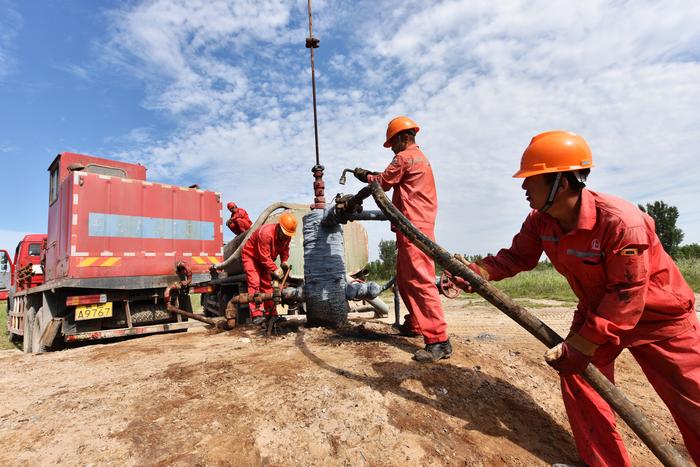|
| 2018-09-13 来源: 中国石化新闻网 |
| 石化新闻 |
|
中国石化新闻网讯 据路透社9月12日伦敦报道,欧佩克周三进一步削减其2019年全球石油需求增长并表示 经济远景有下行的风险,增加了该集团明年供给市场的一项新挑战。 在月度报告中,欧佩克表示明年全球石油每日需求将增长141万桶,在预测中连续第二次下调,比上月减少2000桶/天。 报告进一步表明,帮助欧佩克及其盟友摆脱供应过剩的石油需求迅速增长,将在2019年放缓。 这意味着,随着美国重新实施制裁,在弥补委内瑞拉和伊朗的供应损失方面,其他产油国的压力将会减少。 欧佩克在报告中称:“一些新兴和发展中经济体面临的挑战越来越大,这使得目前对全球经济增长风险的预测出现下行趋势。” 欧佩克发布报告后,原油价格小幅走低,每桶略高于79美元。 欧佩克和一些非欧佩克国家在6月22日至23日达成一致,同意从2017年1月开始的石油减产,在委内瑞拉和其他国家数月的减产之后,石油产量超过了160%。 欧佩克在报告中表示,在6月份的交易之后,8月份石油日产量增加了2800万桶,至3256万桶/天。最大的增长来自于不受协议约束的利比亚。这有助于抵消委内瑞拉和伊朗的下滑。 这意味着最初的供应削减协议的遵守率已经增加到133%,根据路透社的计算,这意味着成员们的削减幅度超过了承诺。7月的原始数据是126%。 8月份的产量低于2018年欧佩克原油的平均需求,而且随着美国等竞争对手扩大供应,明年的产量将远远超过需求。 欧佩克表示,到2019年,全球石油日需求量将达到32.05亿桶,与上月持平。这表明,如果欧佩克继续保持同样的产量且其他因素保持不变,市场将会有50万桶的过剩。 在以欧佩克为首的交易之后,油价上涨仍在推动竞争对手供应的进一步增长。欧佩克表示,预计明年非欧佩克国家石油日产量将增加215万桶,较上月预估增加2万桶/天。 蔡小全 编译自 路透社 原文如下: OPEC sees slower 2019 oil demand growth OPEC on Wednesday further trimmed its forecast for 2019 global oil demand growth and said the risk to the economic outlook was skewed to the downside, adding a new challenge to the group's efforts to support the market next year. In a monthly report, the Organization of the Petroleum Exporting Countries said world oil demand next year would rise by 1.41 million barrels per day (bpd), 20,000 bpd less than last month and the second consecutive reduction in the forecast. The report provides further indication the rapid oil demand that helped OPEC and allies get rid of a supply glut will moderate in 2019. This means there will be less strain on other producers in making up for supply losses in Venezuela and Iran as renewed U.S. sanctions kick in. "Rising challenges in some emerging and developing economies are skewing the current global economic growth risk forecast to the downside," OPEC said in the report. Crude edged lower after the OPEC report was released, trading just above $79 a barrel. OPEC and a group of non-OPEC countries agreed on June 22-23 to return to 100 percent compliance with oil output cuts that began in January 2017, after months of underproduction by Venezuela and others pushed adherence above 160 percent. In the report, OPEC said its oil output rose in August by 278,000 bpd to 32.56 million bpd, following the June deal. The biggest rise came from Libya, which is exempt from the agreement. This helped offset declines in Venezuela and Iran. This means compliance with the original supply-cutting deal has increased to 133 percent, according to a Reuters calculation, meaning members are still cutting more than promised. The original figure for July was 126 percent. The August production rate is lower than the average demand for OPEC crude in 2018 and considerably more than will be needed next year as rivals such as the United States expand supplies. OPEC said the world will need 32.05 million bpd from its 15 members in 2019, unchanged from last month. This suggests there will be a 500,000 bpd surplus in the market should OPEC keep pumping the same amount and other things remain equal. The higher prices that have followed the OPEC-led deal are still prompting more growth in rival supply. OPEC said it expects non-OPEC production to expand by 2.15 million bpd next year, 20,000 bpd more than forecast last month. |








